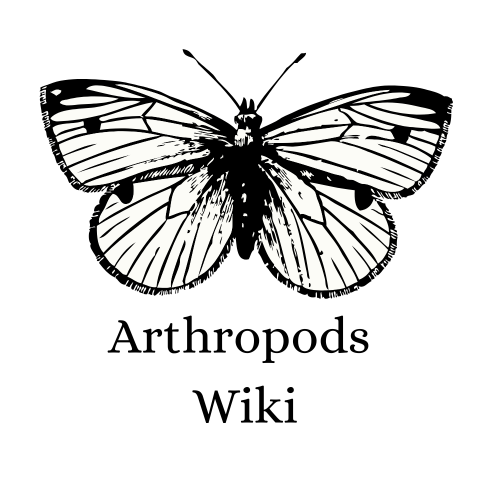No edit summary Tag: Visual edit |
(Adding categories) |
||
| Line 30: | Line 30: | ||
[[Category:Larvae]] |
[[Category:Larvae]] |
||
[[Category:Caterpillars]] |
[[Category:Caterpillars]] |
||
| + | [[Category:Families]] |
||
Revision as of 07:35, 19 October 2021

A striped hawk moth.
The Sphingidae are a family of moths called sphinx moths, also colloquially known as hawk moths, with many of their caterpillars known as “hornworms”; it includes about 1,450 species. It is best represented in the tropics, but species are found in every region.
Order: Lepidoptera
Class: Insecta
Phylum: Arthropoda
Origin
“They originated in Central America, then radiated to North and South America,” Kawahara said. “It was kind of surprising because there are many species in South America.” More than 1,000 hawkmoth species occur worldwide, distinguished as some of the fastest and most proficient flying insects.
Care
For maximum growth, keep hornworms at about 82°F; however, they can be kept as cool as 55°F to slow their growth. To stop growth and maintain desired size and viability, place them in refrigerator at 45°F for two days and remove.
Life cycle
Caterpillars hatch, begin to feed, and are full-grown in three to four weeks. The mature caterpillars drop off plants and burrow into the soil to transform into pupae. ... Caterpillars feed until late summer or early fall and then pupate. The pupae remain in the soil through winter.
Signs
Sign 1
Hornworms tend to start feeding from the top of the plant; look for chewed or missing leaves.
Sign 2
Look closely at the TOP of your tomato leaves for dark green or black droppings left by the larvae feeding on the leaves. ...
Sign 3
Look for stems missing some leaves and wilted leaves hanging down.
